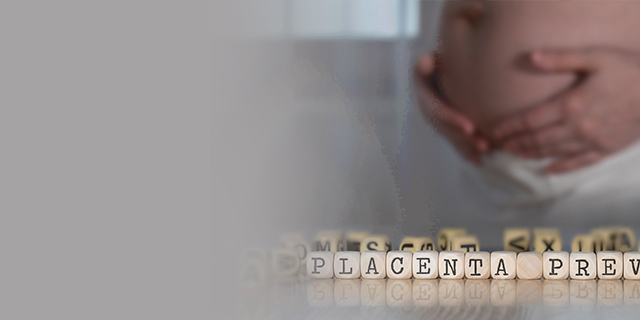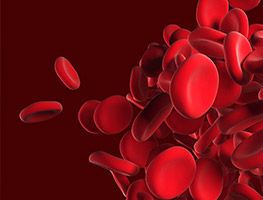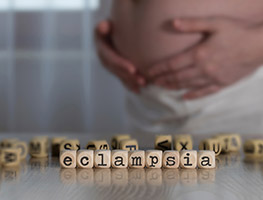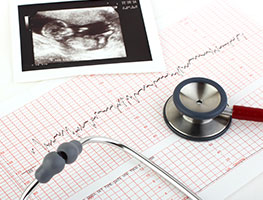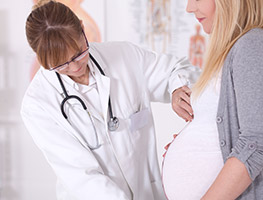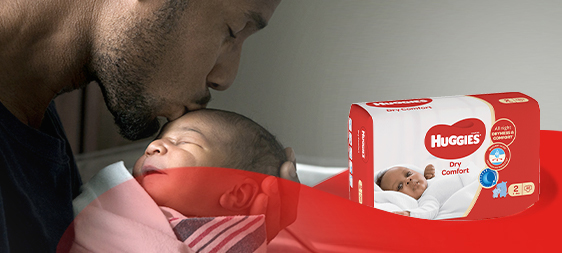Placental abruption is a condition that occurs when the placenta prematurely separates from the wall of the womb. Another name for this is abruptio placentae. The placenta is the baby’s main life line for oxygen and nutrients, and unless it is adhering firmly to the wall of the womb, there is an interruption in the flow of these vital elements.
The correct time for the placenta to separate is after the baby has been born. Ideally, this occurs as the womb contracts down, helping the placenta to detach. It can then be passed from the vagina with the membranes that surrounded the baby.
How common is placental abruption?
It is estimated that less than 1% of women who are pregnant will develop this condition, making it a rare occurrence. Generally, it happens in relation to other risk factors, many of which are avoidable with sound, regular antenatal care and healthy lifestyle practices.
Risks of placental abruption
The cause for placental abruption is not always clear. However, there are certain risk factors that increase the likelihood of it occurring:
In women who have previously had a placental abruption the risks of it recurring are increased
Cigarette smoking and illicit drug use, specifically cocaine and “crack” cocaine
A high intake of alcohol during pregnancy
Hypertension – either pregnancy-induced hypertension (PIH) or essential hypertension
Poor nutrition
In women who have had multiple children the risks are increased
Women over the age of 35 years
Women who have a disorder with their blood clotting and a tendency to bleed
Where there has been trauma to the abdomen such as a motor vehicle accident, a fall or being punched – women who are exposed to physical blows and trauma through domestic violence are more at risk
In mothers who have uterine fibroids or some form of abnormality of their womb
If the membranes have ruptured prematurely (“PROM”) – this is especially risky if there is sudden, rapid loss of amniotic fluid, and can occur during a vaginal delivery of twins after the first twin is delivered
For mothers carrying a multiple pregnancy such as twins, triplets or quadruplets
In babies who have a very short umbilical cord the risks are increased
Symptoms of placental abruption
There is always bleeding that occurs in placental abruption, though it is not always obvious. Bleeding can be concealed, i.e. occurring when the blood is trapped between the placenta and the womb, effectively “containing” the blood within this space. Alternately, it can be revealed when some of the blood seeps from around the abruption, into the womb and comes out through the vagina.
Placental abruption generally occurs from around the 20th week of pregnancy. It is a condition that is mostly restricted to the third trimester. It is almost always painful, making the mother suspect there is a problem.
Other signs and symptoms include:
Vaginal bleeding, though 20% of women with placental abruption will not have any obvious vaginal bleeding
Abdominal or back pain
Tenderness particularly in and around the womb
Uterine contractions that are not associated with labour – there can be little break between the contractions, with one coming on top of another
Complications of placental abruption
If the abruption is partial or only small, there may be no complications at all. As long as the blood flow to the baby is not compromised, there is not any danger to the mother’s or the baby’s health and well-being. If the abruption is large however, and the blood loss significant, then emergency treatment is vital.
Other complications include:
Premature delivery of the baby with the associated risks of pre-term birth
Shock for the mother due to blood loss
Inadequate oxygenation of the baby that can result in cerebral palsy and death (unfortunately, in cases where severe placental abruption occurs, around 12% of babies will die)
Having a baby that is nutritionally compromised (though if the placental abruption is so significant as to cause this, then a caesarean section delivery is usually arranged)
Occasionally, hysterectomy (removal of the womb) becomes necessary for the mother if her bleeding cannot be controlled after birth
How is placental abruption diagnosed?
On clinical signs – the mother is examined by a midwife, obstetrician or doctor and it is suspected, then diagnosed
On abdominal or vaginal ultrasound where the placenta can be seen sheared away from the uterine wall (it is important to remember though, that not all cases of abruption will be seen on ultrasound)
Blood tests where the mother’s blood clotting times are measured and an abnormality is suspected
Bed rest, monitoring of vital signs and general observation as long as the mother and her baby are stable
Intravenous fluids are commenced
Foetal monitoring
If the baby needs to be delivered early, steroid medication may be given to the mother to support her baby’s lung maturation
The mother may be induced to delivery her baby vaginally
A caesarean section delivery may be performed if the abruption is severe and the baby is sufficiently mature
Once the placenta has started to detach, there is no specific treatment which will halt it from detaching further and there is no way to reattach it.
Complications
Excessive blood loss leading to maternal shock
Foetal distress due to inadequate circulating oxygen and nutrients being filtered through to the baby
If the placental abruption is severe and left untreated, then the mother and her baby could potentially die

